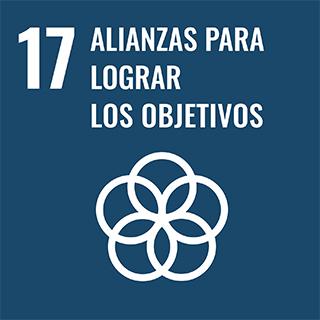
Indexed in
License and use
Impact on the Sustainable Development Goals (SDGs)

Leveraging Biolink as a “Rosetta Stone” Between C-Path and EJP-RD Semantic Models Provides Emergent Interoperability
Publicated to:Journal Of The Society For Clinical Data Management,Fall 2022 - Innovative Implementation Of Cdisc Standards. 2 (3): - 2022-11-01 2(3), DOI: 10.47912/jscdm.130
Authors: Pablo Alarcón Moreno; Ian Braun; Emily Hartley; Daniel Olson; Nirupama Benis; Ronald Cornet; Mark D. Wilkinson; Ramona Walls
Affiliations
Abstract
Interoperability between clinical datasets is challenging due to, in part, the number of data models and vocabularies in use and the variety of implementations. Here we describe the first steps in an ongoing effort to achieve interoperability between two clinical datasets currently being constructed within independent international projects. Both are utilizing the FAIR Principles but have constructed their data models independently and have selected different ontologies. In this initial exploratory experiment, we examined the degree to which a mapping of both models into an independent schema, Biolink, can increase interoperability. Mapping was achieved by categorizing the key nodes in both data models as “types” of concepts in the Biolink schema. We found that with this very thin mapping in place, and without changing either model, queries could be constructed that extracted data from both datasets, demonstrating that at least some degree of interoperability had been achieved. Our results support the use of FAIR-compliant data representations, which are, by nature, more interoperable than legacy clinical data representations, even when the models have not been coordinated upfront.
Keywords
Quality index
Bibliometric impact. Analysis of the contribution and dissemination channel
Independientemente del impacto esperado determinado por el canal de difusión, es importante destacar el impacto real observado de la propia aportación.
Según las diferentes agencias de indexación, el número de citas acumuladas por esta publicación hasta la fecha 2025-05-31:
- Open Alex: 1
- OpenCitations: 1
Impact and social visibility
Leadership analysis of institutional authors
This work has been carried out with international collaboration, specifically with researchers from: Netherlands.
There is a significant leadership presence as some of the institution’s authors appear as the first or last signer, detailed as follows: First Author (ALARCON MORENO, PABLO) .
